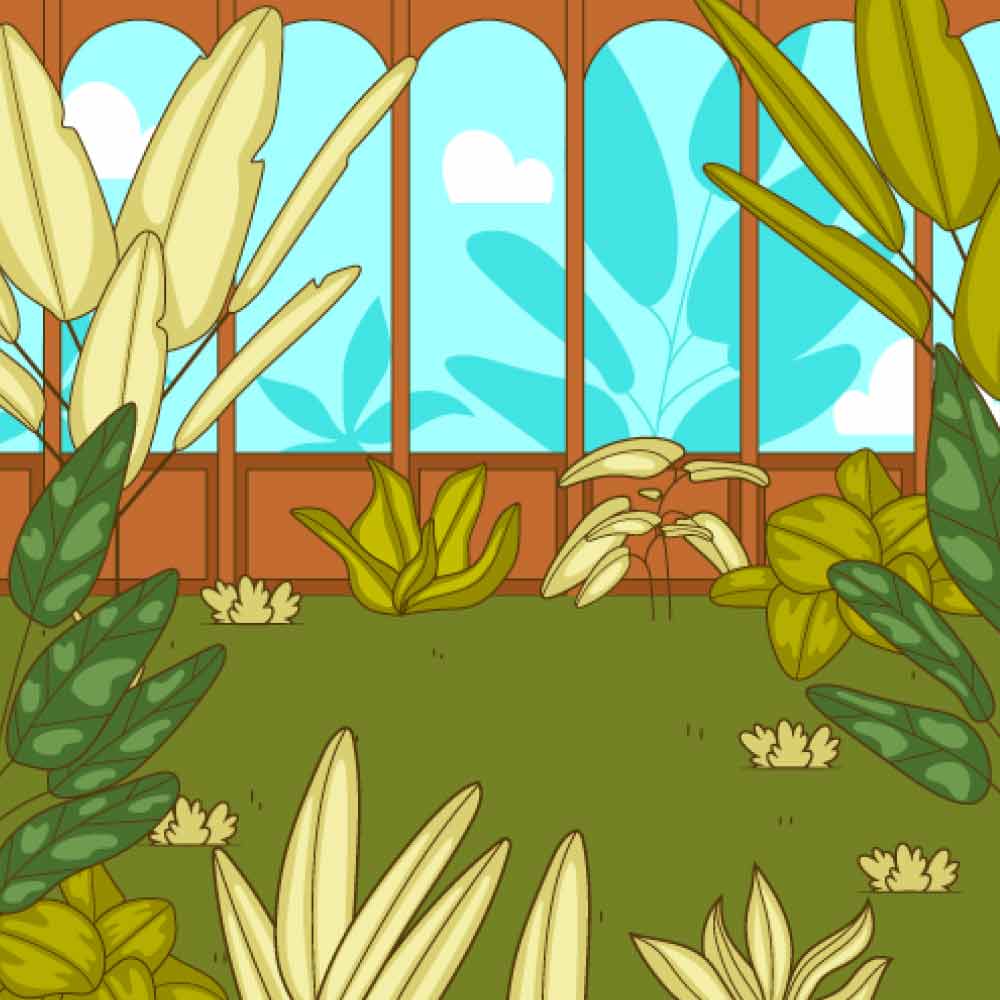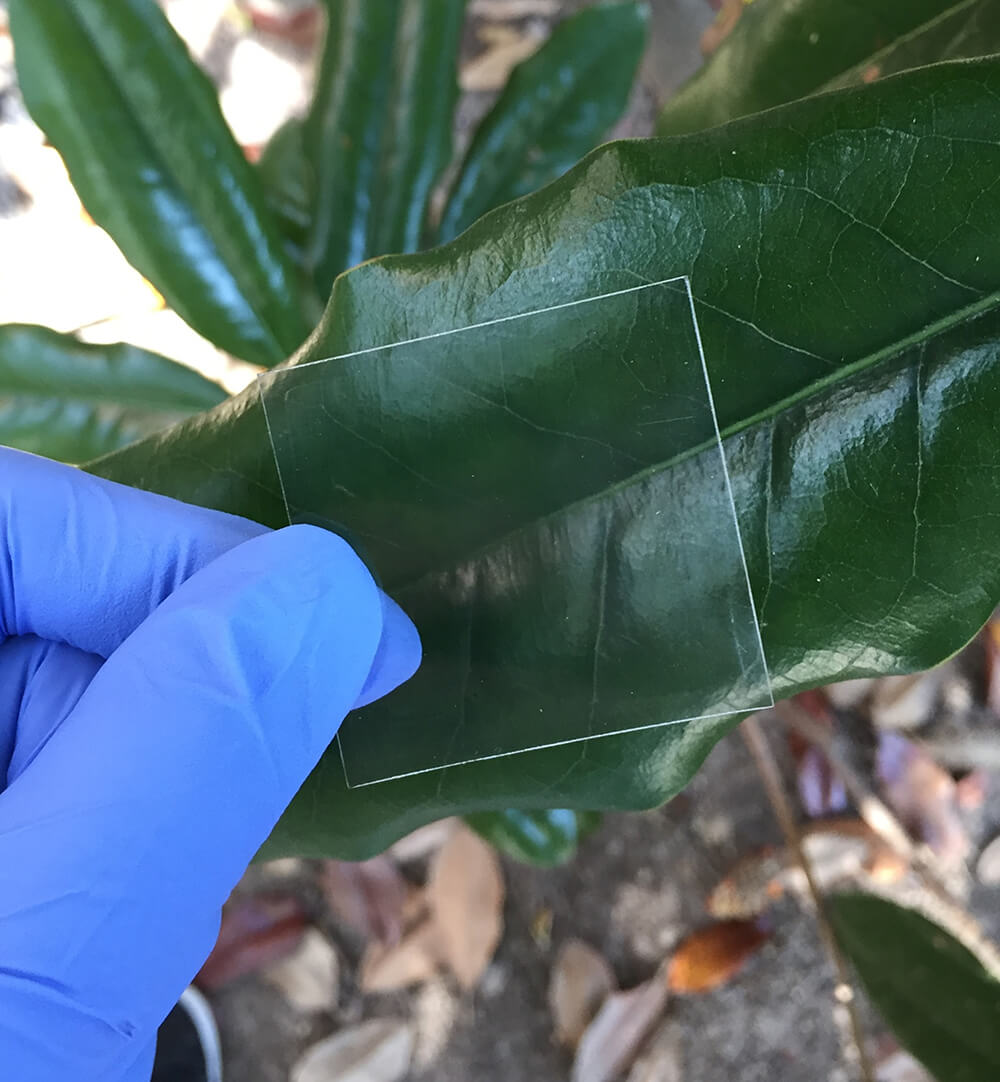A New Aerogel Opens the Window to Transparent Wood

The thermal efficiency of a building depends on many things: the color of the paint, the orientation, or the type of construction materials, but above all, its insulating qualities. And here, the Achilles heel is often the windows: a house is estimated to lose up to 30% of its thermal energy through them. Even if they use double glazing, energy is inevitably dissipated through the glass. Ultimately, it boils down to choosing between insulation and transparency. By multiplying the layers of glass, you lose transparency; conversely, by reducing the thickness and number of glass sheets, you lose energy. Or at least that was the logic until researchers at the University of Boulder in Colorado decided to develop a transparent wood aerogel capable of insulating with the same efficiency as a wall.

Windows made from beer wort
The latest proposal from the University of Boulder was published in March 2023, but the story of transparent wooden windows goes back to 2018. That was when the U.S. university team published the results of a project in which beer wort had been used to create a transparent, insulating aerogel. The research was part of the qiuest to develop building materials for Mars, where the colonists’ food waste would be used. Thus, the process was based on using bacteria to generate cellulose from brewery waste, but that first attempt un successful.
Five years later, they have demonstrated the feasibility of a new version of their aerogel that offers a higher transparency index than glass. And yet it is also made from cellulose. To produce the aerogel, the researchers suspended wood nanofibers in water and then replaced the water with ethanol. Next, they applied a heat and pressure treatment that replaced the ethanol with air bubbles. Finally, they added silica compounds that repel water and prevent condensation.
The result is a film that can be applied to existing windows like vinyl to multiply their insulating capacity. However, by using a thicker sheet of aerogel – about 2.5 cm -, it is possible to make a window offer the same level of insulation as a wall. Just think of the impact this transparent wood could have on the construction of skyscrapers, which rely almost entirely on glazed facades today.

In addition, the new aerogel could become a more sustainable building material than glass. The latter’s production, which requires high temperatures, generates around 100 million tons of carbon dioxide annually worldwide. All this has led the U.S. Department of Agriculture to describe transparent wood as a “window to the future”, with the potential to outperform glass in almost all areas.
Transparent wood: a sustainable substitute for plastic?
The production of plastics with fossil fuels and the environmental problems it generates when managing the resulting waste are driving the development of alternatives. For example, research is being carried out into producing biodegradable bioplastics based on natural polymers such as potato starch or cellulose.
Transparent wood could also be part of this trend. According to a study published in Science of The Total Environment, it could become an excellent substitute for plastic. The study’s authors claim that the production of transparent wood has a 24% lower impact on global warming than other petroleum-based materials such as polypropylene or vinyl.
Transparent wood was first produced in 1992 thanks to the work of German scientist Siegfried Fink. The basic principle consists of extracting the lignin from wood – a biopolymer – and replacing it with transparent materials. Over time, the results have been improved, including its level of transparency, strength, and insulating qualities, as well as its ease of manufacture. An example of this is the work of Stockholm University, which used monomers in orange peelings to achieve a transparent and 100% renewable wood.
As can be seen, the windows of the future are likely to be very different from today’s. They may incorporate transparent wood, photovoltaic glass, pollution-trapping coatings, or even offer smart capabilities. If you want to learn more about technologies like these, subscribe to our newsletter at the bottom of the page.
Source:

